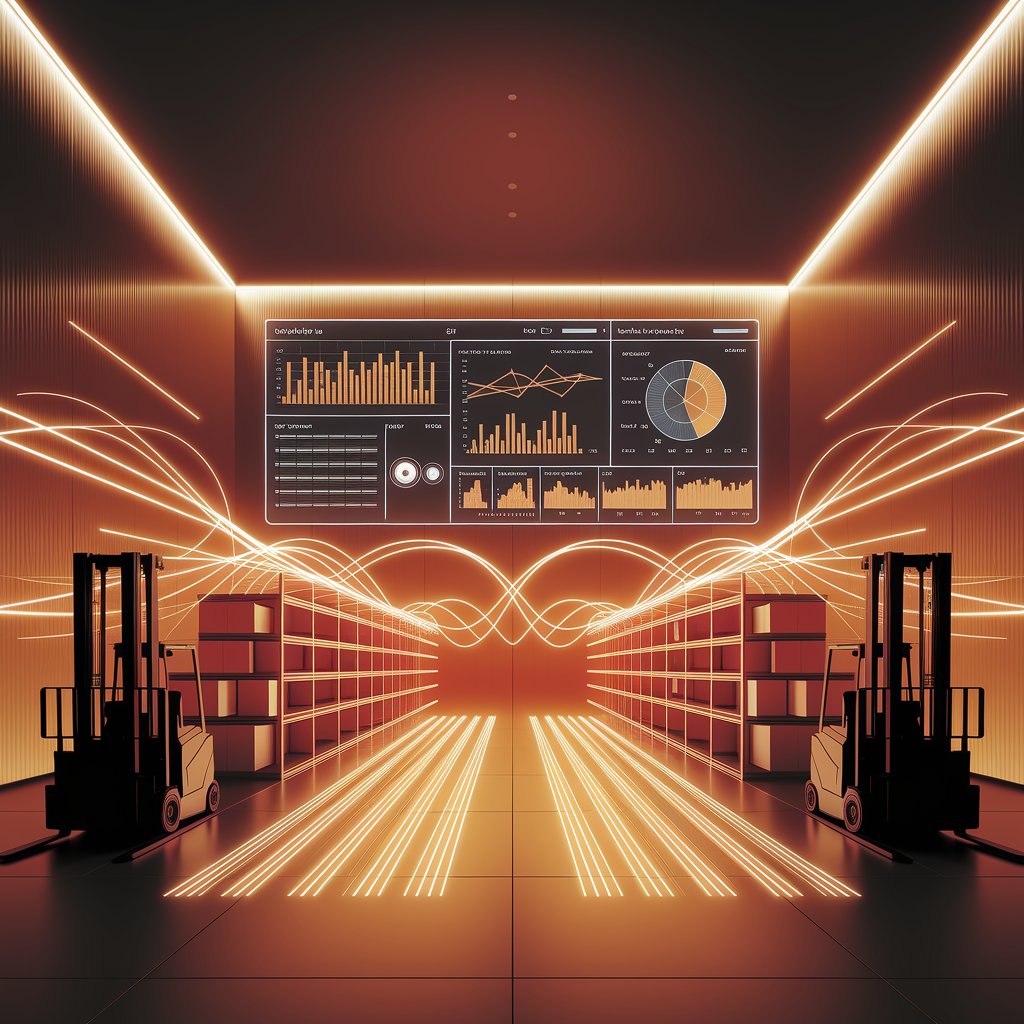Digital Warehouse Dashboards: Real-Time Visibility for Smarter Inventory Management

Introduction
Spreadsheets and static reports fail to provide the speed and visibility companies need. That’s why businesses are adopting digital warehouse dashboards, powerful tools that transform raw data into actionable insights for warehouse managers and logistics teams.
What Are Digital Warehouse Dashboards?
Digital warehouse dashboards are real-time visualization platforms that consolidate data from warehouse management systems (WMS), enterprise resource planning (ERP), IoT sensors, and other supply chain tools. They provide managers with a single view of key performance indicators (KPIs) and operations across the warehouse.
Instead of reactive decision-making, dashboards enable proactive control by highlighting trends, bottlenecks, and risks in real time.

Key Features of Digital Warehouse Dashboards
- Inventory Visibility – Track stock levels, SKU movements, and reorder points instantly.
- Labor Productivity Monitoring – Measure worker performance and task completion rates.
- Inbound/Outbound Tracking – Monitor shipments arriving at and leaving the warehouse.
- IoT Sensor Integration – Visualize temperature, humidity, and equipment health.
- Customizable KPIs – Tailor dashboards to focus on service levels, order accuracy, or costs.
- Real-Time Alerts – Receive notifications when thresholds are exceeded.
Benefits of Digital Warehouse Dashboards 📈
- Operational Efficiency – Reduce manual reporting and speed up decision-making.
- Cost Savings – Optimize labor, reduce errors, and avoid overstocking.
- Improved Accuracy – Real-time data eliminates reliance on outdated reports.
- Customer Satisfaction – Faster, more accurate fulfillment improves reliability.
- Scalability – Handle increasing SKUs and shipment volumes without added complexity.
- Sustainability – Monitor energy use and minimize waste.

Real-World Applications
- E-commerce Warehouses – Manage high-volume SKU turnover with live dashboards.
- 3PL Providers – Provide clients with visibility dashboards as a value-added service.
- Cold Chain Facilities – Track temperature-sensitive goods with IoT-enabled dashboards.
- Manufacturing Warehouses – Align inventory with production schedules in real time.
- Retail Distribution Centers – Optimize space utilization and reduce order cycle times.
Challenges in Implementing Digital Warehouse Dashboards
- Integration Complexity – Legacy WMS and ERP systems may resist connectivity.
- Data Overload – Too much raw data without filtering reduces usability.
- High Upfront Costs – Dashboards with IoT integration require investment.
- Cybersecurity Risks – Sensitive inventory and customer data must be secured.
- Training Needs – Staff must learn to interpret and act on dashboard insights.

Best Practices for Success
- Define Clear KPIs – Focus on the most critical warehouse metrics.
- Start Small – Implement dashboards in one facility before scaling.
- Ensure Data Quality – Standardize inputs from all systems.
- Integrate IoT Sensors – Enhance dashboards with real-time equipment and environmental data.
- Customize Views by Role – Executives, managers, and operators need different insights.
- Track ROI – Measure reductions in cost, cycle times, and errors.
The Future of Digital Warehouse Dashboards
- AI-Powered Dashboards – Automated insights and recommendations.
- Augmented Reality (AR) Interfaces – Managers accessing dashboards via smart glasses.
- Digital Twins of Warehouses – Simulating operations for predictive planning.
- Blockchain Integration – Secure inventory traceability across partners.
- Sustainability Dashboards – Tracking energy use and carbon footprints.
Conclusion
Digital warehouse dashboards are transforming warehouse management by turning data into intelligence. From inventory tracking to labor management, they provide real-time visibility that empowers managers to make faster, smarter decisions.
For companies scaling operations in a competitive market, adopting digital warehouse dashboards is essential for building efficient, agile, and future-ready supply chains.
